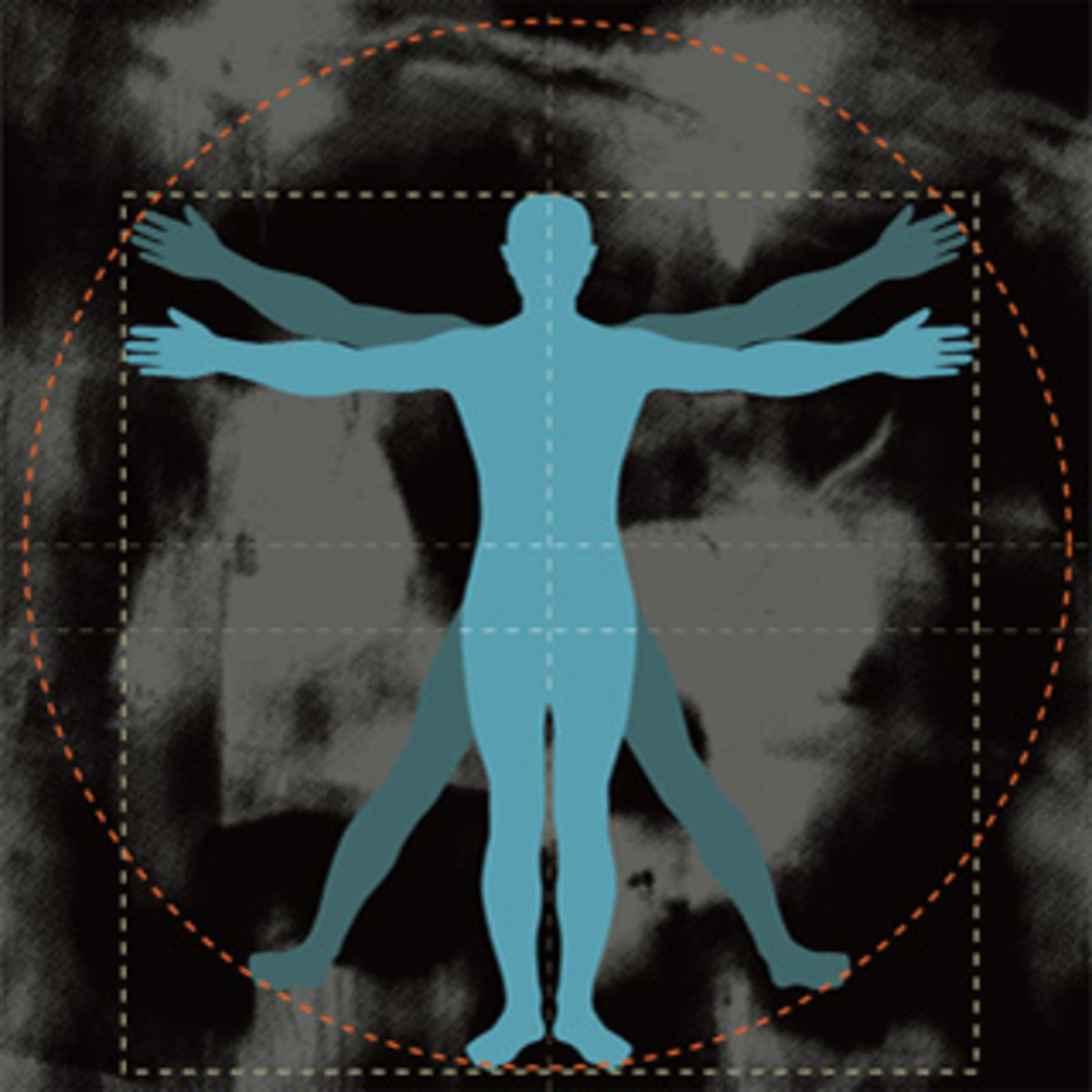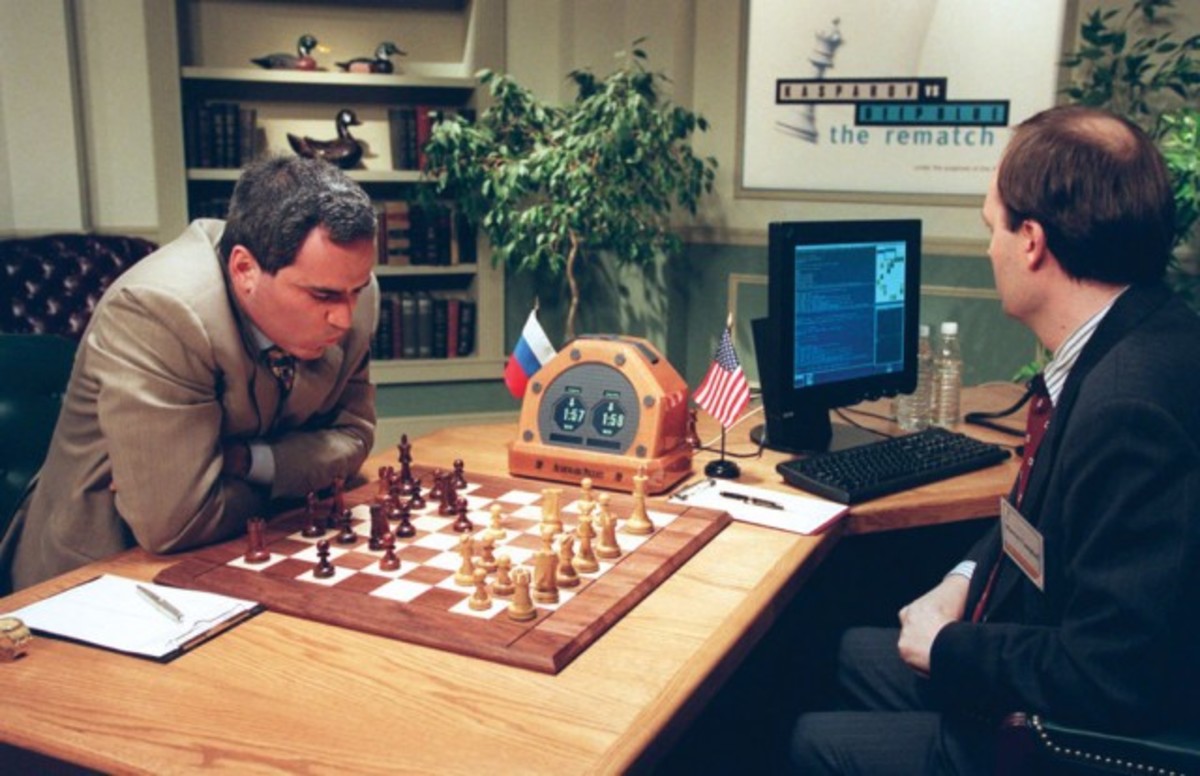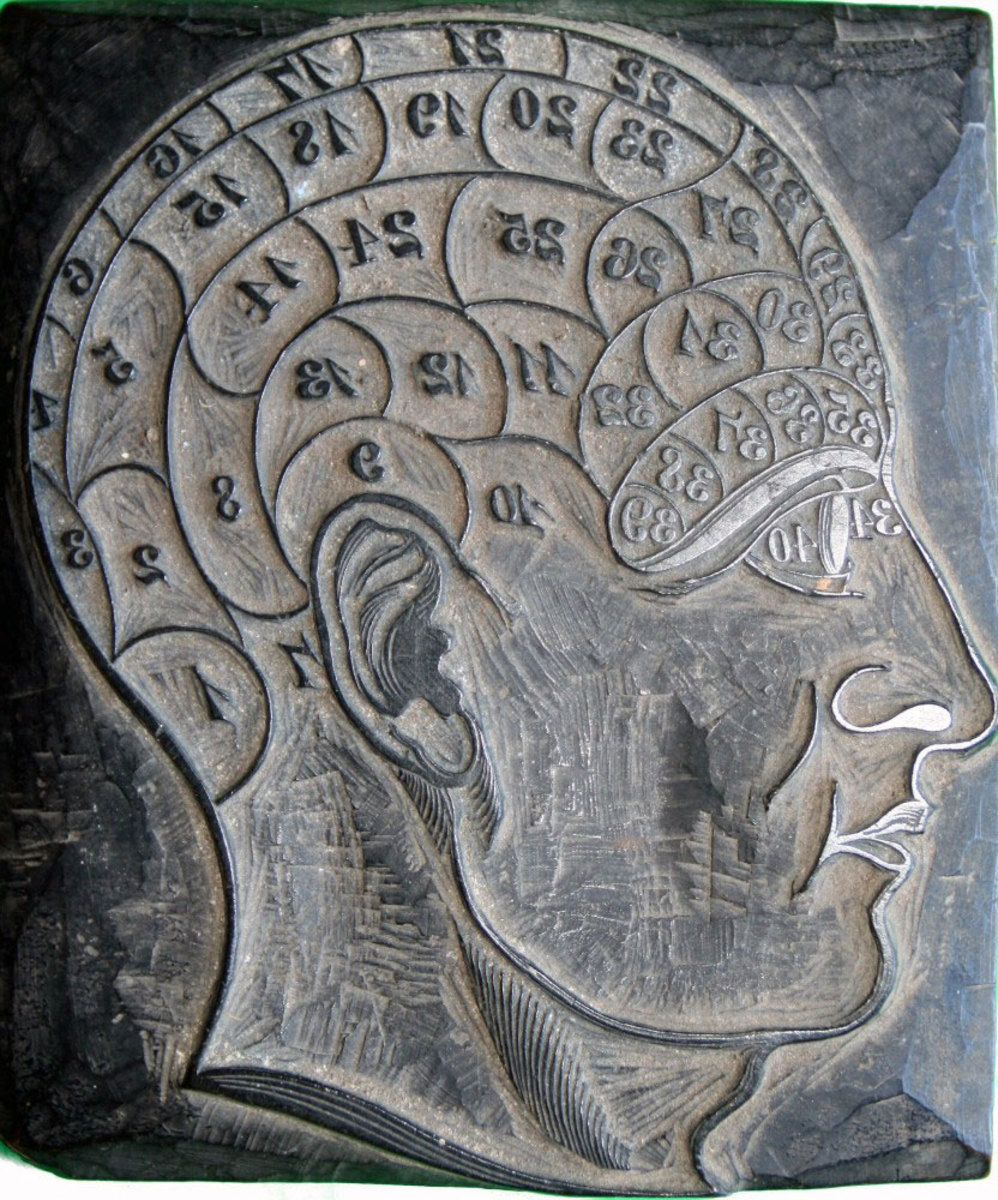Functionalism and Its Implications
Functionalism was an 19th Century idea that the function of an object was independent of the structure of the object. You may not think this is a big deal but it was a difficult for a 19th mind to consider because in that time there was no object that did not embody its function. However, the 20th Century provided us with just such an object: the computer. The function of the computer does not depend on its structure so much as the software that runs on it. The same computer can be used to predict weather as make music – it is entirely up to the software. In fact, when you consider software, you can see something that is completely independent of its physical structure and state. Let us take a very ordinary example. I think of a new program. I write it down on a piece of paper then I type it into a computer. I email it to a friend who looks at it and suggests some changes. He makes them and emails it back. I put it on a CD and sell it. There is nothing out of the ordinary there, is there? Well, there is when you think of the number of physical structures that that software took in its journey. Let us look at it again:
- It started as an electrochemical signal in my brain
- It became physical marks of ink on a piece of paper
- It then became a series of keystrokes on my computer's keyboard
- At the same time it became a series of coloured images on my computer's monitor
- It then became a set of electronic states inside a computer
- It then became a set of electromagnetic signals on my computer's hard drive
- It then became a microwave to be beamed up to a satellite and back down to a receiving station
- It then became another electronic signal in the receiving station
- It then became sound to travel down the telephone cable into my friend's computer
- It then became an electronic signal again inside my friend's computer
- It then became a coloured light on the screen of my friend's computer
- It then changed back into an electrochemical signal in his brain
- It then took the return journey of transformations to go back into my computer
- Finally it became a groove on a CD.
I count 20 transformations there and I have probably forgotten some. In all of the transformations, the software remained unchanged except for the one occasion that my friend changed it.
Functionalism is a whole new way at looking at the world. It sees two things: the physical structure and the non-physical function that is separate and independent of the structure and is simply expressed through the physical structure.
Of course, it does raise one very interesting question: if this is true of computer software, is it also true of other things?






